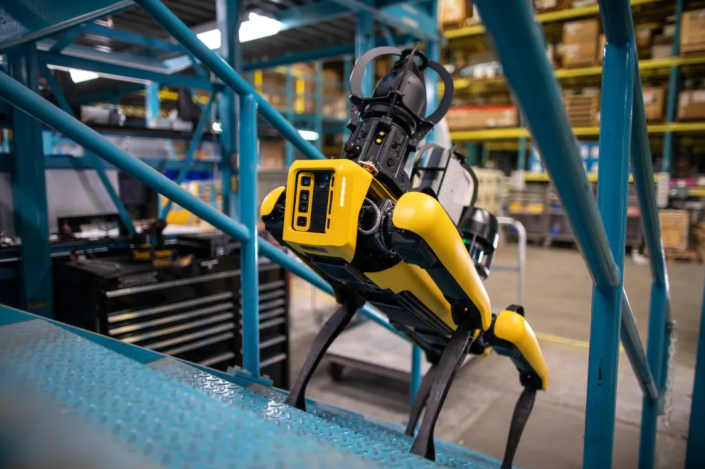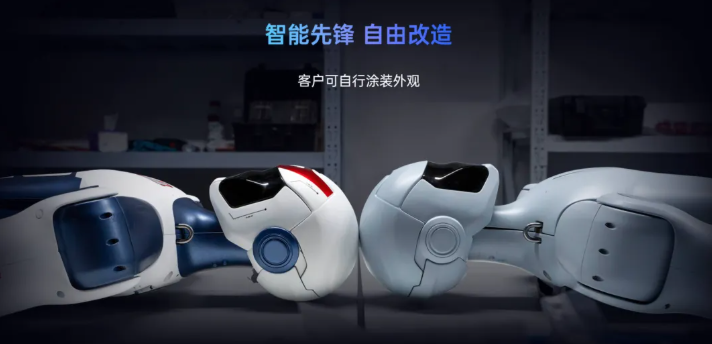The "Redmi" of humanoid robots has arrived.
Recently, on the eve of WAIC2025 (World Artificial Intelligence Conference), Yushu Technology released its new bipedal humanoid robot, the R1. Starting at 39,900 yuan, it once again raises the price of humanoid robots to a new high.

You should know that the basic model of Boston Dynamics' Spot robot dog is priced at US$74,500 (approximately RMB 530,000), while the estimated price of Tesla's Optimus Prime humanoid robot is US$20,000 to US$30,000 (approximately RMB 140,000), which is more than 3.5 to 10 times that of the Yushu humanoid robot.

According to Yushu, the R1 has 26 joints, integrates a large multimodal model for voice and image processing, and weighs approximately 25 kg. More importantly, it supports independent development and modification.
In the video, the R1 robot demonstrates its abilities, including somersaults, boxing, and downhill running. The slogan, "Move first, then work," emphasizes that diverse movement is a prerequisite for work.
Departing from a comprehensive approach, the Yushu R1 has chosen a bold approach of subtraction:
Abandoning dexterity: The robot will not challenge the complex world of grasping operations for now, focusing on body motion control.
Lightweight payload: Eschewing heavy modules, the robot pursues lighter, more agile, and more energy-efficient performance.
Deemphasizing "stable operation": The robot is not focused on demonstrating industrial-grade precision, but rather emphasizes adaptability and interactivity in dynamic environments.
This humanoid robot, lacking complex dexterity and high payload capacity, has a clear core selling point: its mobility. It's not a "worker robot" ready for immediate production, but rather an agile, highly interactive, and openly developed robotic hardware platform.
Yushu R1 is redefining the evolution of humanoid robots with a disruptive strategy—not by pursuing overnight omnipotence, but by initiating a revolution that begins with movement. This will ensure that humanoid robots with professional athletic capabilities are no longer the exclusive domain of laboratories and businesses, but are now within the hands of everyday developers and even tech enthusiasts.

This "movement first, then work" philosophy represents a profound insight into the underlying logic of robotics development.
Mobility is the foundation of a robot's existence and actions in the physical world. Without stable, flexible, and adaptable bodily movements, even the most delicate hands cannot function effectively. The Yushu R1 prioritizes physical development, laying a solid foundation and providing a robust mobile platform for future deployment of more complex "hands" and "brains."
Yushu offers a highly flexible "robot body," whose greatest value lies in its openness and adaptability. It encourages all individuals, companies, and organizations interested in robotics: this is a foundational platform with limited capabilities but unlimited potential, allowing you to define and give the robot its soul.
This accessible, low-threshold approach and the vision of a "cultivation-based robot" are the qualities most likely to drive industry change. The success of the R1 will largely depend on its ability to attract and activate this developer ecosystem.
This ecosystem strategy is also beneficial for the industry. Yushu provides fertile soil (hardware platform) and basic tools (development environment), attracting countless gardeners (developers) to sow seeds and cultivate them, ultimately hoping to harvest a lush forest (rich applications and mature solutions).
Why can the R1 robot be priced starting at 39,900 yuan?
This confidence stems from Yushu's deep technical and supply chain advantages in quadruped robots and the G1 and H1 humanoid robots. These include its in-house development of core components such as high-performance motors and reducers, its experience in mass production of the Yushu Go series quadruped robots/robot dogs, and its deep expertise in the consumer and light industrial robot supply chains, all paving the way for the production ramp-up and cost optimization of its humanoid robots.
This demonstrates Yushu's clear business logic: leveraging its technological and supply chain advantages to achieve exceptional value for money, rapidly entering the market at a low price and acquiring a large number of users (developers). By building a vibrant developer ecosystem and initial application scenarios, it is then able to feed back into its technological evolution and explore future large-scale applications and profit models for robots in service, education, light industry, and other fields.
However, this seemingly bright road is also paved with thorns. Attracting a large number of developers and generating valuable outputs is an extremely challenging and time-consuming task. Furthermore, if key technologies like dexterous hands achieve breakthroughs and prices drop in the short term, the value of basic motion robots like the R1 could be rapidly diluted.
Most importantly, if the R1 fails to develop compelling practical applications over time, the market may view it as an expensive toy, and its position as an ecosystem platform will be questioned.
Nevertheless, R1's "motion-first" strategy demonstrates a pragmatic path forward for the robotics industry. Robotic "body" platforms like the R1, focused on basic motion capabilities, could become standard products, flexibly adaptable to "hands," "brains," and sensor modules developed by different manufacturers or developers. Practical and valuable applications are more likely to be explored and validated in practice by a vast developer community, rather than left to the sole reliance of giants and star companies.
As the threshold for developing and using humanoid robots like the Yushu Robot decreases, the technological dividends of robotics will benefit a wider range of people and diverse fields. As humanoid robots step out of labs, far from the hustle and bustle of humankind, and into the garages and homes of countless developers, a vast new world of robotics possibilities opens up.
It's worth noting that, according to the Science and Technology Innovation Board Daily on July 27, Tesla officials revealed that Tesla's third-generation robot is expected to launch in 2025, with mass production in 2026, and an annual production target of 1 million units within five years. This raises the question of what unique advantages Tesla robots offer over Yushu's R1 robot, priced at 39,900 yuan, and its G1 robot, priced at 99,000 yuan.
The R1 robot is already running, but where it will ultimately go lies in the hands of every developer who dares to touch it. This revolution, which began with movement, will ultimately reshape how humanoid robots interact with the human world.
This paper is from Ulink Media, Shenzhen, China, the organizer of IOTE EXPO (IoT Expo in China)


















